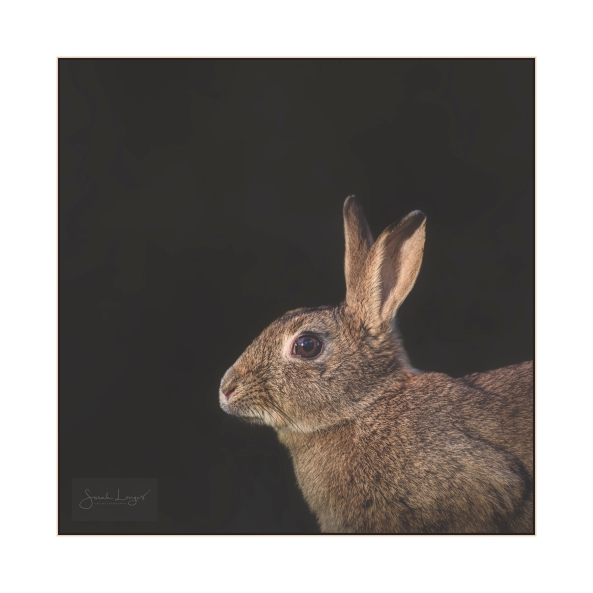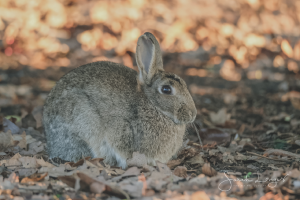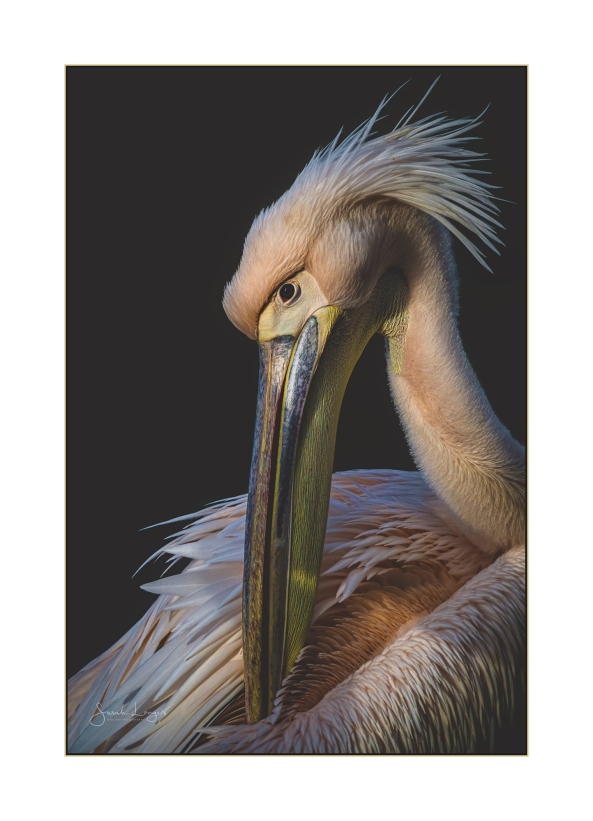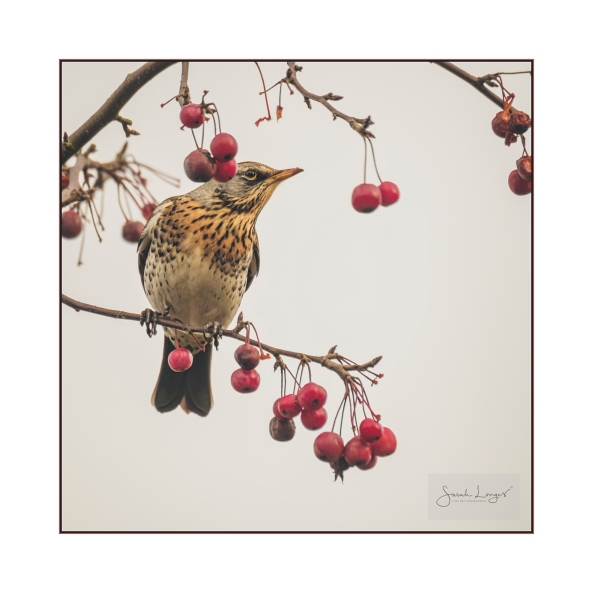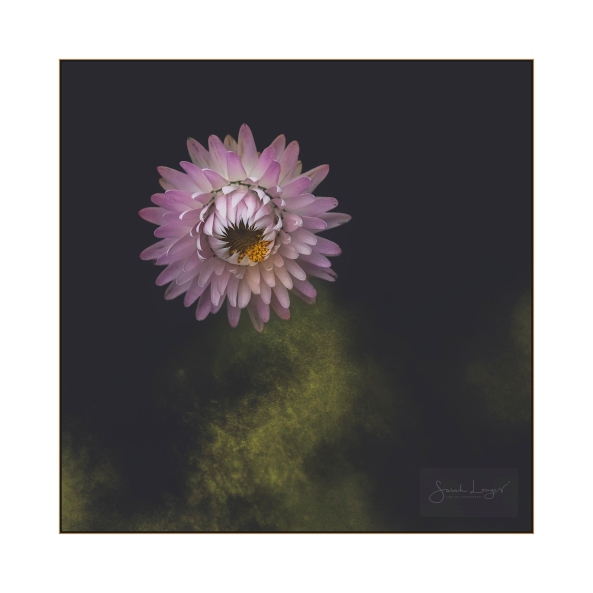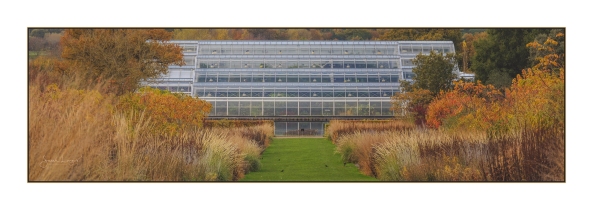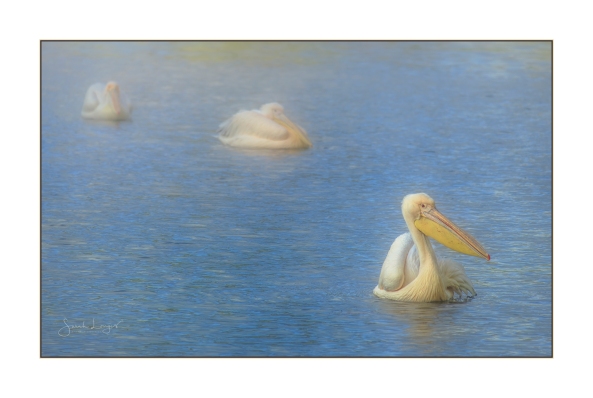ShareMondays2020 – Happy To See You!
I had an appointment at Guy’s Hospital last Friday and decided to drive as I’m in the at-risk category with regards to coronavirus. It was a morning appointment, so I decided to make the most of being up that way with the car and pay a visit to the wonderful WWT London Wetlands Centre at Barnes. It’s completely wheelchair accessible, including the various hides!
A fellow SheClicks member, Oddy, had tipped me off to the emergence of one of my favourite native British animals, the common or Viviparous lizard. These wonderful creatures love basking on sun-warmed wood and were coming out onto the sides of the bird hides to warm themselves. This is the earliest in the year that I have seen them!
Although I am following advice to socially distance myself, I am still meeting with friends and family in outdoor spaces. Going to Barnes enabled me to meet up with fellow nature and wildlife photographer, Andrew Wilson. Andrew has published a series of fabulous books, with his own photography, celebrating Wild London! It’s great getting out with other photographers who share the same passions for our wonderful wildlife.
I was absolutely thrilled to find one little lizard basking on the side of the WWF Hide! They are such great little characters. I managed to catch it scenting with it’s tongue and giving me the eye with that classic, smug looking smile. This individual was only about 6cm in length so probably a youngster from last year! They really are an absolute treat to see. I hope everyone is holding up ok in these troubled times. Stay as safe as you can and look out for anyone you know who is vulnerable and at risk.






